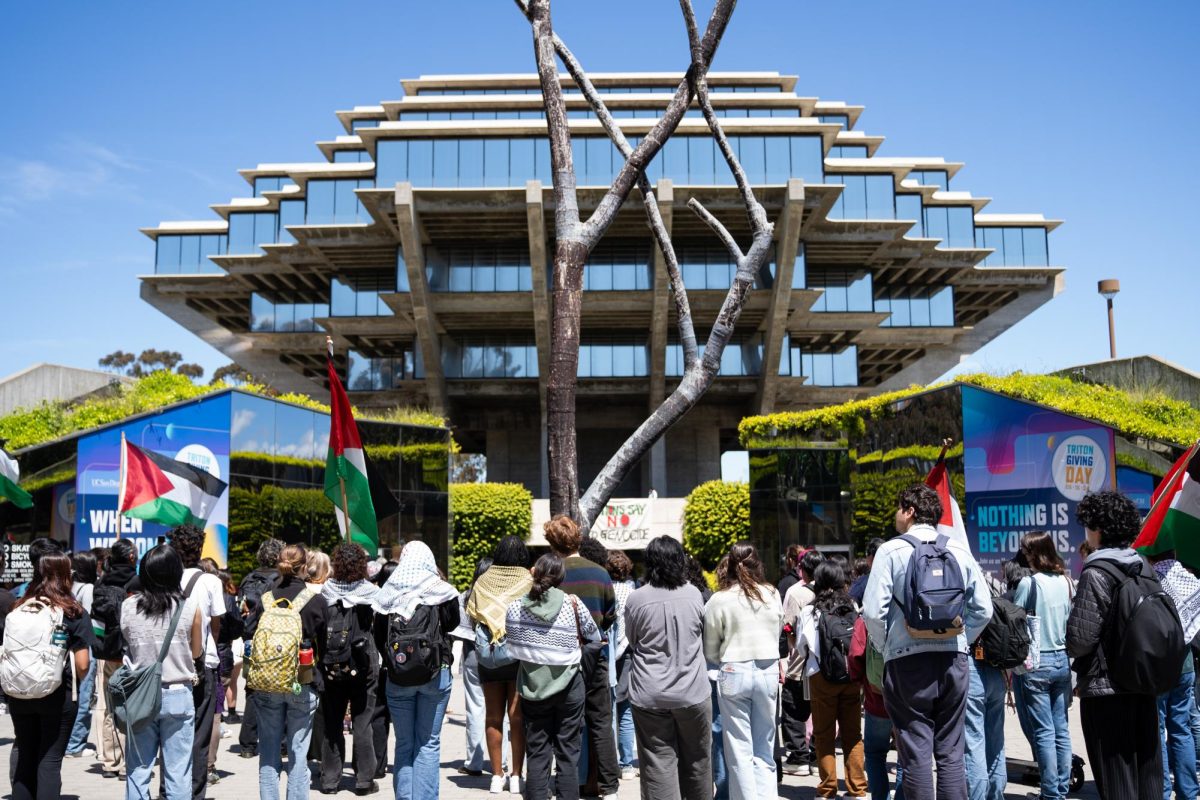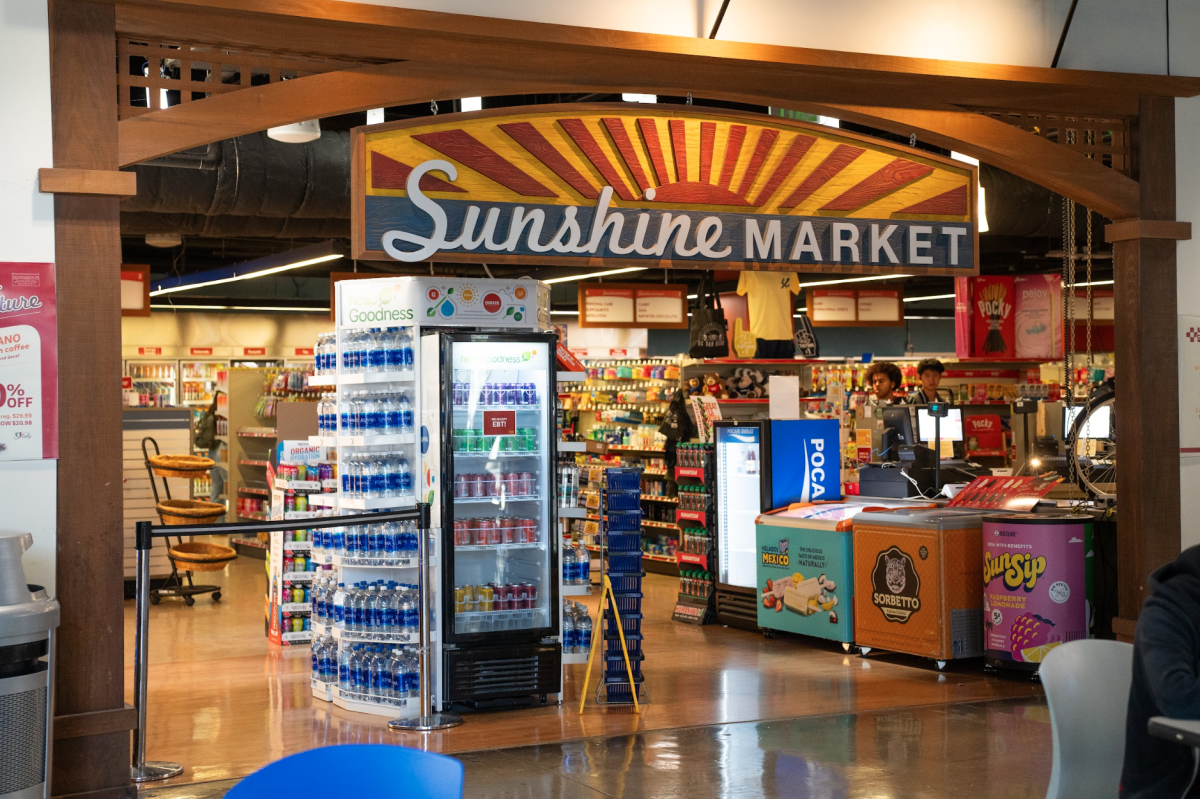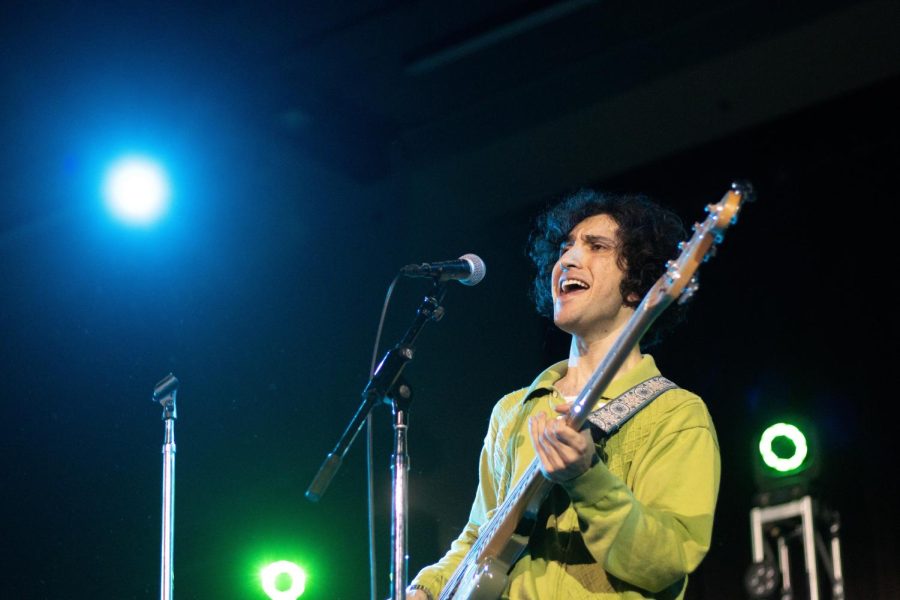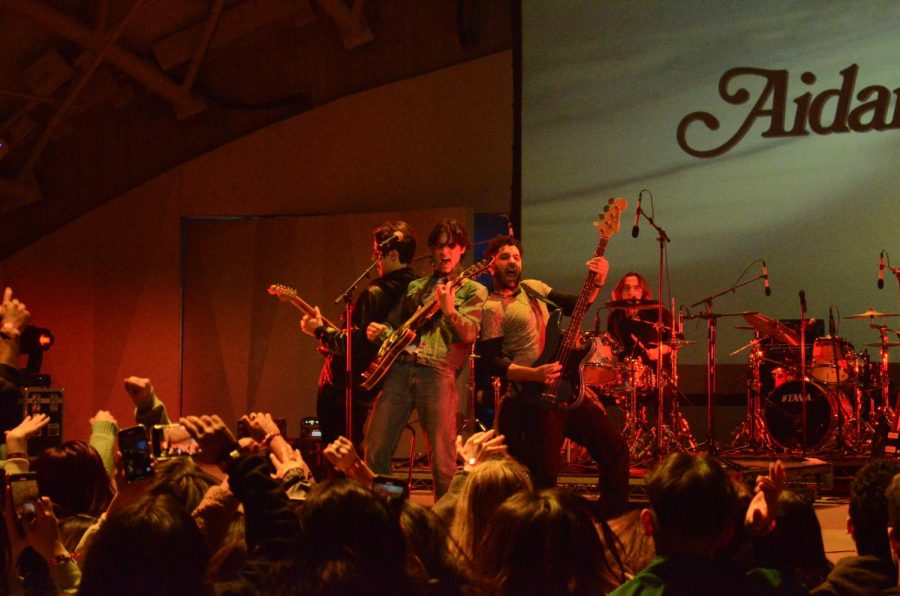One year after the Metropolitan Transit Development Board began a study to bring the San Diego Trolley to UCSD and Westfield University Towne Center, critics both in San Diego City Council and at UCSD are looking toward alternative transportation systems.
The Mid-Coast Transit First study, which started in January 2002, is looking at ways to develop and promote public transit use, such as buses and light rail, in the area between Old Town and Carmel Valley — an area that includes UCSD and University City.
For Christine Rychel, senior transportation manager with MTDB and project manager for the study, the largest issue at stake in San Diego is providing people with a transportation alterative that is viable enough to lure people out of their cars.
“”It’s a tough nut to crack,”” Rychel said. “”People in Southern California — and it’s been known for a long time — they really love their cars.””
The study is based on principles of the Transit First program that was adopted in Oct. 2000 and re-emphasized by Mayor Dick Murphy in his State of the City address on Jan. 6. Transit First seeks to make public transportation both easier and more widely used by offering more routes, faster access, more coordination with different forms of transportation and simpler methods of payment.
“”It is a planning project, and the intent is to come out at the end of the study with a plan that will identify what the projects are, where the routes are, where the stations are — in particular for the near term,”” Rychel said.
One of the challenges of the project is overlaying an efficient, low-cost mass transit system over the existing area.
“”The area is a very difficult area to serve with transit,”” Rychel said. “”We’re very wide-spread. We have a lot of topography challenges here.””
Already, however, some are skeptical about the initial findings for the 10.4-mile and $700-million San Diego Trolley light rail proposal from Old Town to UCSD and UTC.
Critics of the light rail proposal advocate the use of a newer means of transportation called bus rapid transit, which would make use of special buses called “”flex-trolleys”” that run on existing streets with rubber tires but follow sensors embedded in the road. They are currently in use in European as well as some U.S. cities.
The San Diego Trolley averages about 84,000 riders a week during weekdays and 28.8 million riders annually. Rider estimates for part of the proposed Balboa Extension from Old Town north to Balboa Avenue are 6,400 boarding per day.
Construction is currently underway on the 5.9-mile Mission Valley East Extension line, which will run from Qualcomm Stadium to La Mesa, in part under San Diego State University’s campus. It is scheduled to be finished in January 2004 at a cost of about $500 million.
City councilmen Scott Peters (Dist. 1) and Michael Zucchet (Dist. 2) believe that the 10.4-mile San Diego Trolley extension in their districts will cost too much and will not serve the areas that need traffic relief the most.
Peters, whose district includes La Jolla, UCSD, University City and Sorrento Valley, said that more creative solutions need to be explored, given the high cost of bringing light rail to his district.
“”I just hate to see us burning up so much public money to cover so little ground,”” he said. “”I think if we looked at some other technologies, we could get everything the mid-coast line promises.””
Particularly, Peters said, while the trolley line would end at UTC, the bus rapid transit system could extend as far as Sorrento Mesa and Sorrento Valley to alleviate traffic.
An example of the flex-trolley, the Civis, was featured at UCSD on Oct. 14, 2002, as apart of an alternative transportation fair.
For Zucchet, whose coastline district runs from Mount Soledad south to downtown, the proposed light-rail system fails to address traffic issues faced by those who live on or near the coast.
Katie Keach, director of communications in Zucchet’s office, said the councilman is not convinced light rail is the best alternative for the mid-coastal corridor.
“”It’s a big corridor, but his concern is getting people out of beach areas, since that’s where most back up occurs for his residents,”” she said. “”Those might be addressed better with the bus rapid transit.””
UCSD, which initially resisted MTDB proposals to allow the trolley to penetrate the campus in the 1980s, has worked with the board to bring the trolley through the campus since the mid-1990s.
There are two proposed track alignments through UCSD, according to Milton Phegley, campus community planner at UCSD. The first allows for one station near Thornton Hospital on East Campus. The other allows for two stations, one north of Pepper Canyon and the other north of Thornton Hospital.
UCSD, however, is more in favor of the bus rapid transit system because of the need for transportation alternatives over the next couple of years. Phegley said that given UCSD’s projected enrollment growth over the next 10 years, the 2012 finish-date timetable for the trolley extension is too late.
“”We can’t afford to have another study end with there not being a definitive conclusion and have something where it just causes the need for additional study,”” Phegley said. “”In order to have something in place when it’s really needed, the time to make those decisions is now.””
In near-term goals, MTDB is preparing to finalize plans for a new bus route called the Super Loop, which will provide buses with priority through some lanes and traffic lights. The buses would circle through major throughways in north University City and UCSD. The proposed route would be made of 10 to 12 stations and run along Nobel Drive to Executive Drive and across East Campus via the proposed Gilman Drive extension and I-5 bridge.
Phegley said the university hopes the Super Loop, which he called a “”super Cityshuttle,”” will further reduce the number of students who drive to campus.
However, Rychel said that she believes if the study follows the principles outlined by the Transit First strategy, the mid-coast corridor can have an effective transportation system.
“”If you make this fast and convenient, it’s a good alternative for people,”” she said.
The study will be completed by mid-2003.







